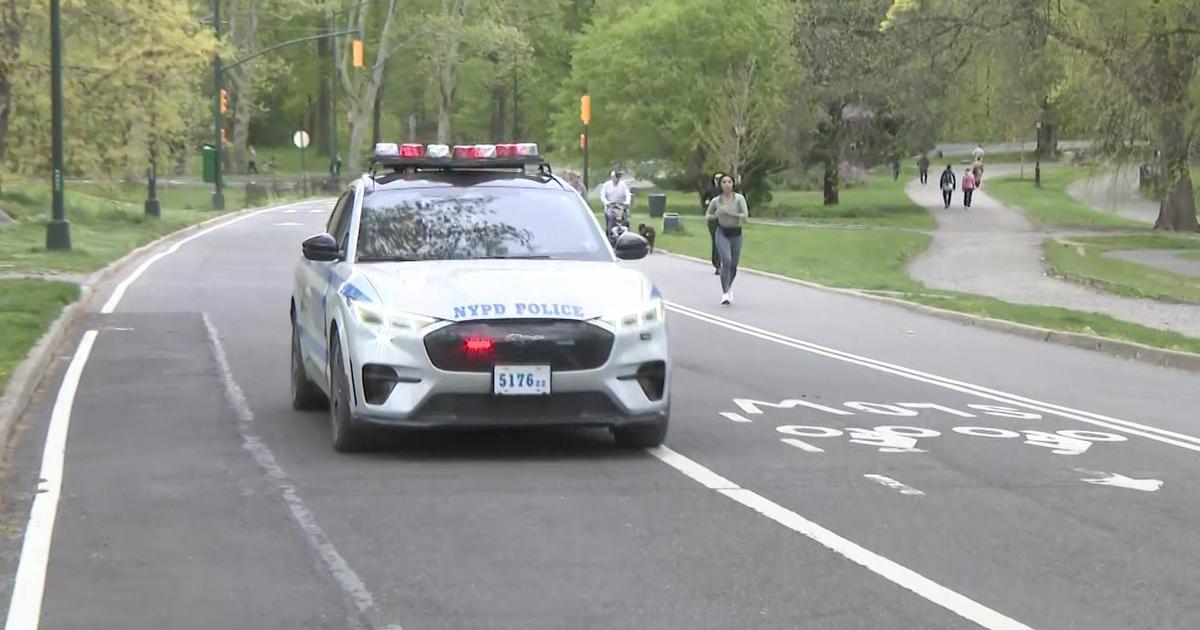Sandy, 10 years later: South Street Seaport's remarkable recovery
NEW YORK -- South Street Seaport was hit hard by Superstorm Sandy.
Water went as high as 6 feet, damaging the historical neighborhood.
CBS2's Alice Gainer spoke with business owners on the two-year anniversary back in 2014. On Wednesday, she got an update on how things have changed.
A plaque showing how high the water rose serves as a reminder of Sandy. Not that Marco Pasanella needs one. He watched the storm surge take over his wine shop.
"It literally took, like, a few minutes. It started to go over the top of the sandbags and then came around here on the side of the walls and then we just bolted," Pasanella said.
Ten thousand bottles of wine, gone, not to mention the obvious damage.
READ MORE: City leaders break ground on new initiative designed to better protect Manhattan from storm surges
Barbalu around the corner took nearly a year to get back up and running.
"Because the water was also mixed with gasoline and all other things," owner Stefano Barbagallo said.
The two businesses lasted, despite changing storefronts in the neighborhood, and, worse, some still empty ones.
"The bike rental place did not come back. The business next to it, which I can't even remember, didn't come back," Pasanella said.
A lot has changed in the 10 years since the storm at South Street Seaport.
"The seaport has really been totally redeveloped since Sandy," said Saul Scherl, president of the Tri-State Region of the Howard Hughes Corporation.
It was planned prior, but significant changes were made to blueprints.
"Sandy really made us realize that we should take down the pilings, take down the pier, rebuild it above the 100-year flood zone," Scherl said.
The tin building is designed to flood.
"That level would flood and then there is drainage out to get the water back out with pumps," Scherl said.
And Pier 17 has a design to keep water out.
"If we were to see a storm coming, we lock the hydraulic doors and we know that the equipment is safe," Scherl said.
READ MORE: Sandy, 10 years later: CBS2 visits what were once destroyed sections of Lindenhurst and Freeport
Mechanical systems in buildings, like Pasanella's, were moved above the water line.
"The neighborhood is only really marginally protected at this point against a future Sandy event," said Capt. John Boulware, president and CEO of the South Street Seaport Museum.
Boulware said there are some temporary measures in place to prevent flooding, but permanent solutions are needed.
"There is porosity below the surface of the streets here that is in subway tunnels ... and so the idea that we can just sort of build a wall on the surface and that that's going to protect I think is not correct because what we noticed is our basements were flooded before the streets were wet," Boulware said.
The seaport, its residents and businesses have come a long way since Sandy, not to mention COVID setbacks.
Pasanella, who still keeps his Sandy rainboots in the back room as another reminder, may raise a glass of wine called "The Flood," as he reflects this weekend on the comeback of South Street Seaport.
The museum was holding a panel discussion on Wednesday about preparedness and solutions for future natural disasters at Pier 17.




